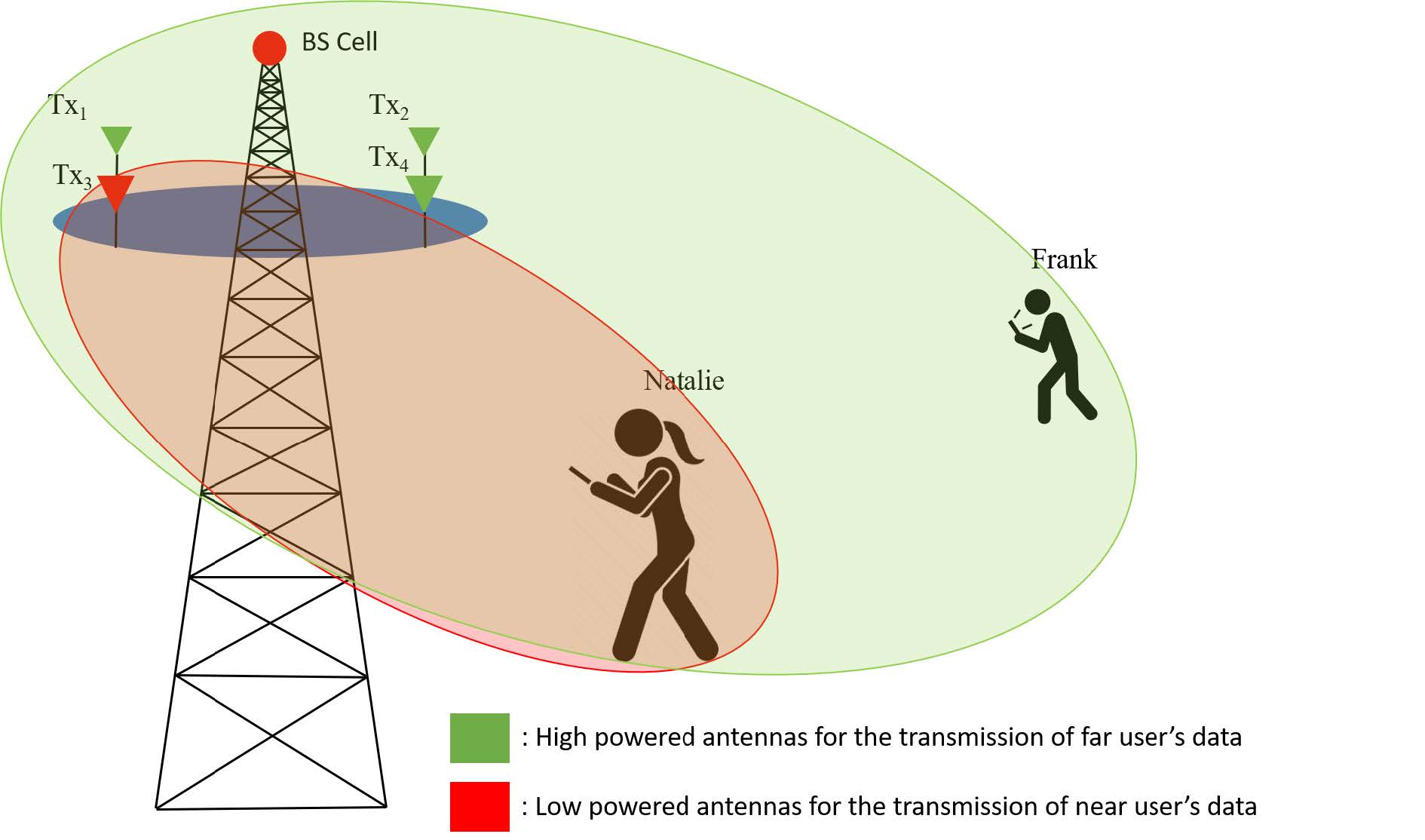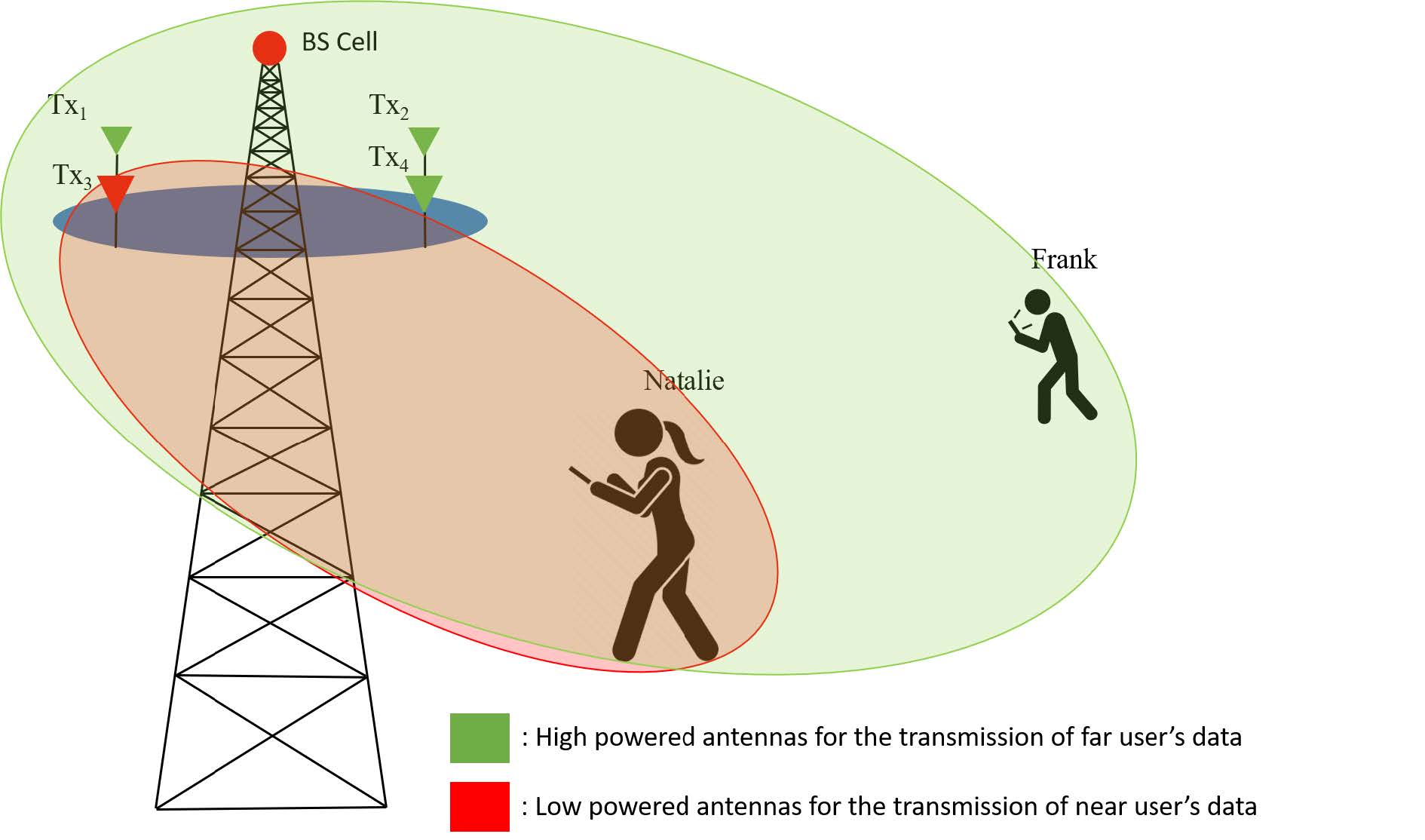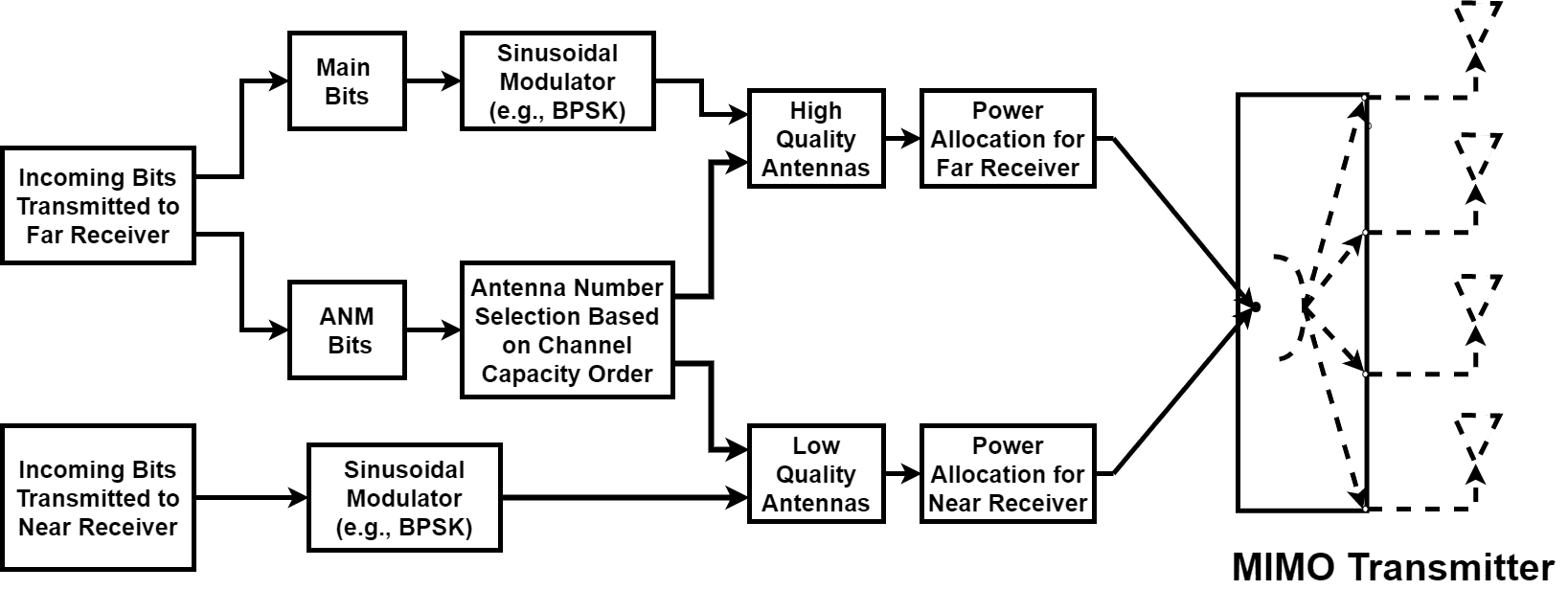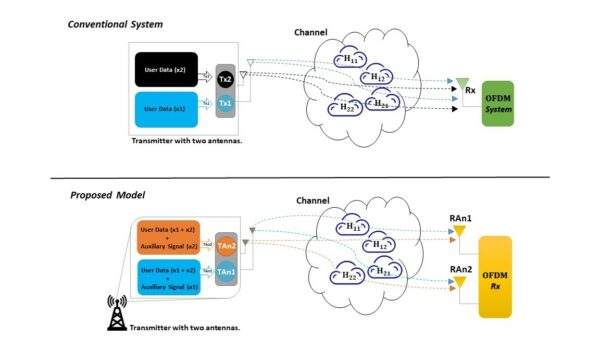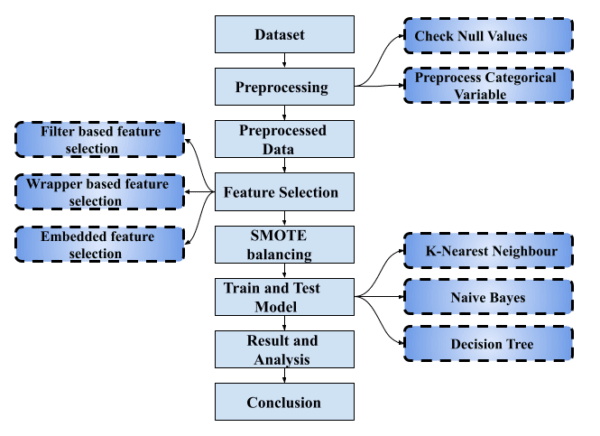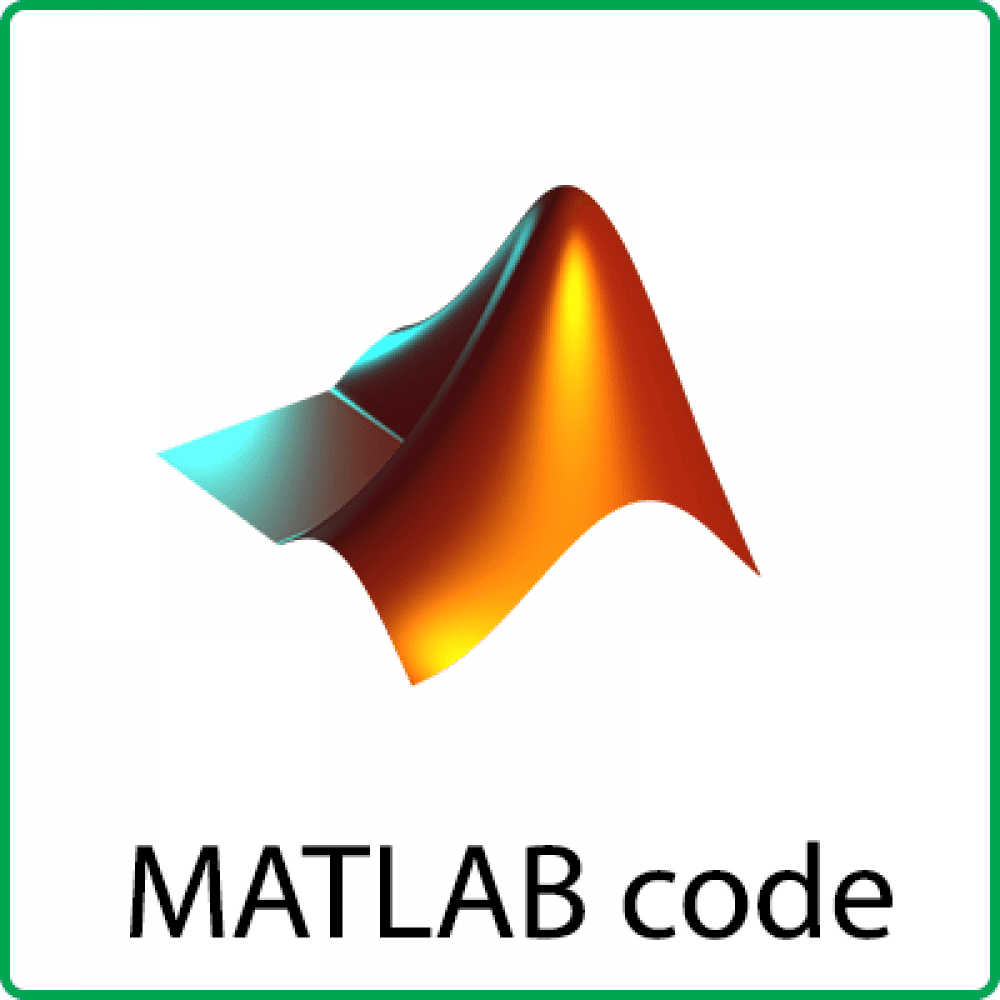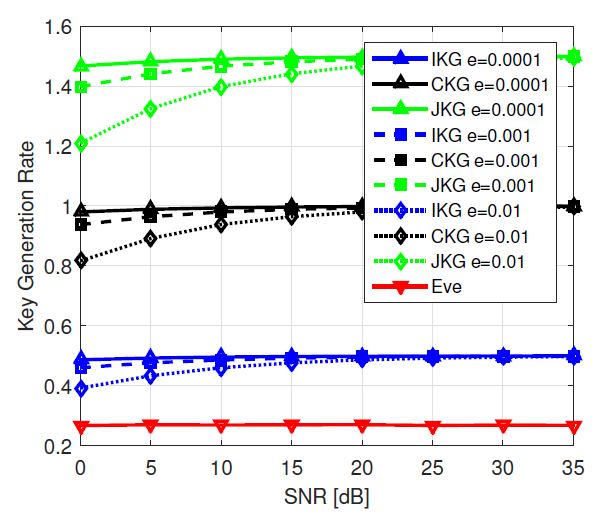Description
This is the full Matlab Simulation Codes package, which is used to generate the results presented in the paper titled “Novel Nonorthogonal Multi-access Method for Multi-user MIMO with Antenna Number Modulation“, where a new multi-user adaptive method called “Multi-User MIMO-ANM (MU-MIMO-ANM)” is proposed.
====== Work Summary =====
Multiple Input Multiple Output with Antenna Number Modulation and Adaptive Antenna Selection (MIMO-ANM-AAS) has recently been proposed as an effective transmission method that can make the selection of antennas to be both data and channel-dependent simultaneously, which can result in having much more improved performance in terms of reliability compared to index/spatial modulation-based schemes. However, one of the main undesirable features of MIMO-ANM-AAS, which is also the case with spatial modulation, is the fact that not all the available antennas are utilized for data transmission as some of these antennas are made inactive. To overcome this problem and utilize all available antennas, Multi-User MIMO-ANM-AAS is proposed in this paper as a novel non-orthogonal multi-access data transmission method that targets serving multiple users by dedicating the antennas used for implementing ANM to serve a far user, whereas the remaining antennas are used to send data for a near user. The fundamental idea behind the proposed scheme is to serve a far user, who is located in a distant location from the transmitter, by the antennas that are defined and utilized by the ANM modulation, while the remaining antennas are deployed to transmit a lower power data stream that is intended to be sent to a near user, who is located in close proximity from the transmitter. By implementing this method, the near user can simply be served by allocating low transmission power to the antennas that are not used by ANM, whereas the far user is served by the antennas involved in the ANM modulation. By using such a transmission scheme, two users can be served simultaneously by a single MIMO-ANM architecture, and the obtained system reliability of the transmitted data stream for far user can be enhanced, while the capabilities of the antennas not used by ANM are not wasted, but instead utilized to serve an additional user, thus resulting in improving the overall spectral efficiency of the system. In this paper, the concepts of MU-MIMO-ANM-AAS are established on the basis of conventional MIMO using binary phase shift keying (BPSK) symbol modulation over a Rayleigh fading channel. The validity of the system is proven by exhibiting both theoretical analysis and computer simulations’ results. Considering the acquired results, it can be said that the proposed MU-MIMO-ANM-AAS is an effective scheme that can satisfy the requirements of multi-user cases for future wireless systems demanding higher reliability and, better spectral efficiency.
